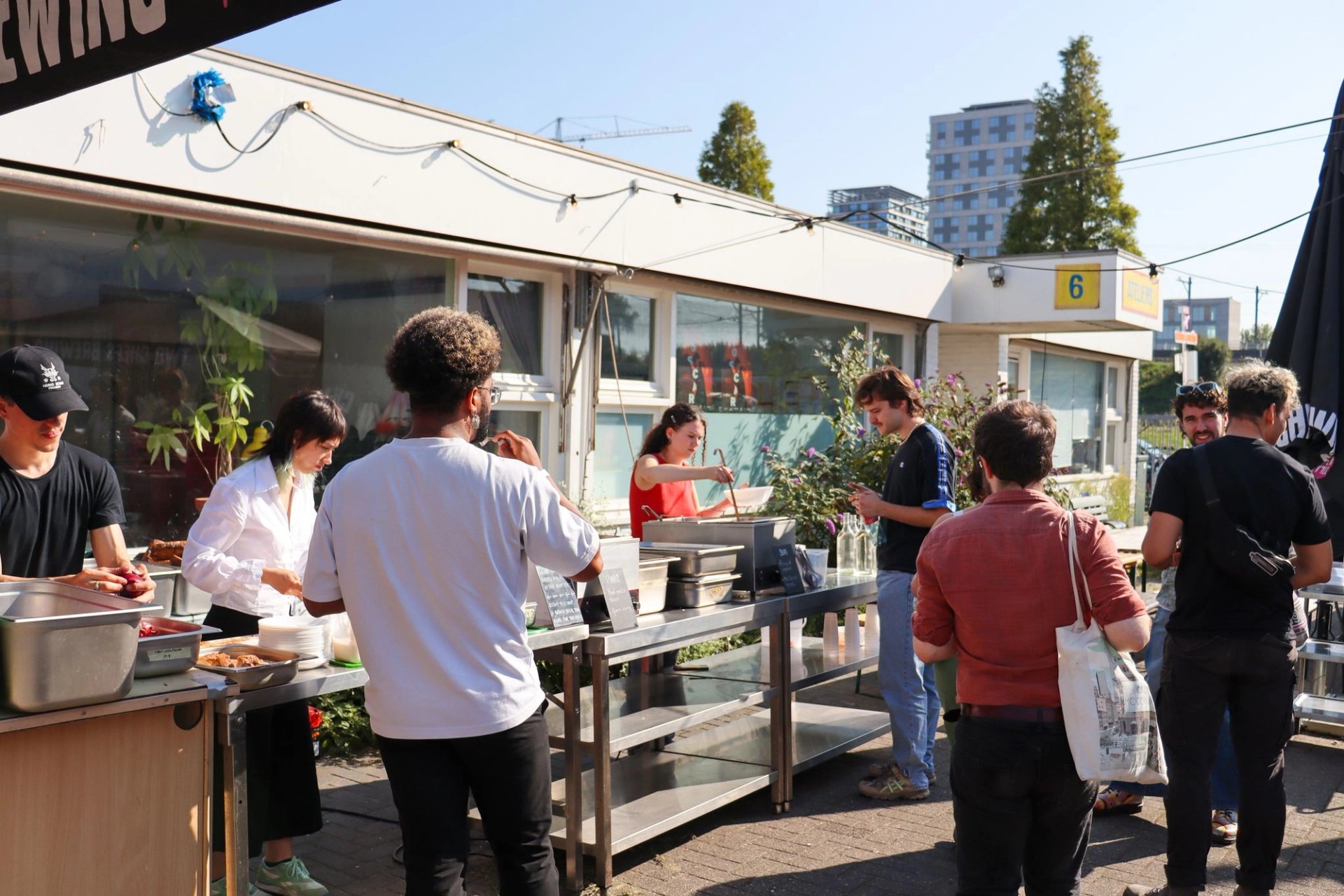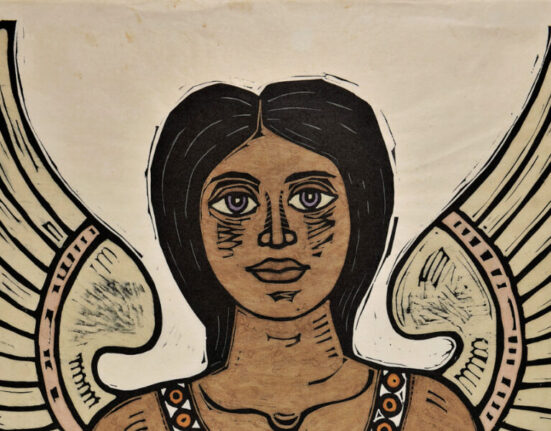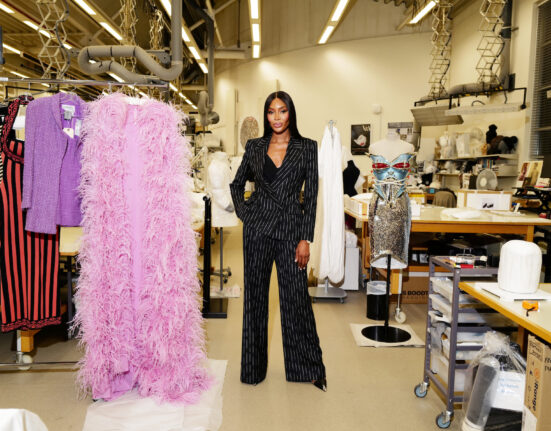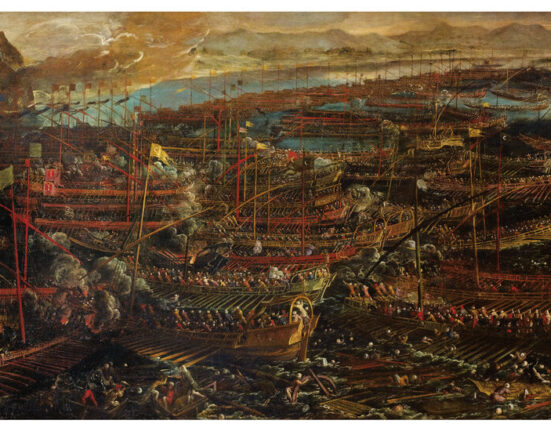European art week season gets underway this month, with bigger and more ambitious programming and closer links between the different cities aimed at increasing their profile on the art world map.
With thousands of individual events and open studios and exhibitions planned in cities from Amsterdam to Antwerp, London to Lisbon, the directors of the leading festivals have teamed up to form what they are calling a “Spider network”, hoping to share ideas and expertise for 2025 and beyond.
Amsterdam Art Week
“It’s the right time to position ourselves for greater co-operation,” says Martina Halsema, the director of Amsterdam Art Week. The idea grew, she explains, out of Zoom calls during the pandemic. “We’re interested in learning from one another, and in liaising over issues like sponsorship and press coverage.” The directors of Spider network arts events will visit one another’s cities during their events in the months ahead, to cross-fertilise ideas and initiatives.
Since the first European art week in Vienna in 2005, the phenomenon—which focuses on contemporary art with open studios, exhibitions and opportunities for artists to connect with collectors, curators and the public—has mushroomed. Some festivals are gallery weekends, where the emphasis is on the commercial sector, but most art weeks encompass commercial and public art spaces.
Funding comes from a range of sources including sponsorships, participants’ contributions, and donations in kind from businesses. “Our budget for 2025 is €350,000,” Halsema says. “We’re one of the biggest art weeks in terms of programming, and we do everything on a shoestring.”
We want to make people curious about contemporary art
Amsterdam Art Week runs until 25 May, with 220 events and exhibitions across 70 venues. “The idea is to make contemporary art accessible to a broad audience,” Halsema explains. “We want to make people curious about contemporary art, and we want to cater for everyone—we have an extensive education programme and special family events. Many people know our city for Old Masters, from Rembrandt and Vermeer to Van Gogh, but we want to bring them new names.”
Artists showing will include Melanie bonajo, Kimsooja and Pamela Rosenkranz, whose show Liquid Body will be at the Stedelijk Museum. Halsema says: “We also have a VIP programme to give something elevated, but it’s always about adding meaning—this isn’t just about sipping champagne on a canal boat.” This year will see an increased focus on the city’s red-light district. “There will be more exhibitions there, and if you go back in time you see that this was an area where artists have always worked,” she adds.
In tourist-weary Amsterdam, city chiefs are keen to attract a more discerning visitor over the stag and hen-do brigades, the art week is recognised as attracting exactly the ‘right’ sort of tourist. Opening up areas such as the red-light district encourages them to visit the kind of historic area that visitors sometimes overlook. Last year, 80% of those engaging with Amsterdam Art Week reported visiting somewhere that was new to them. Last year’s festival attracted 45,000 visitors, a 62% rise on the 2022 figure, according to Halsema. The aim for 2025 is to top 53,000.
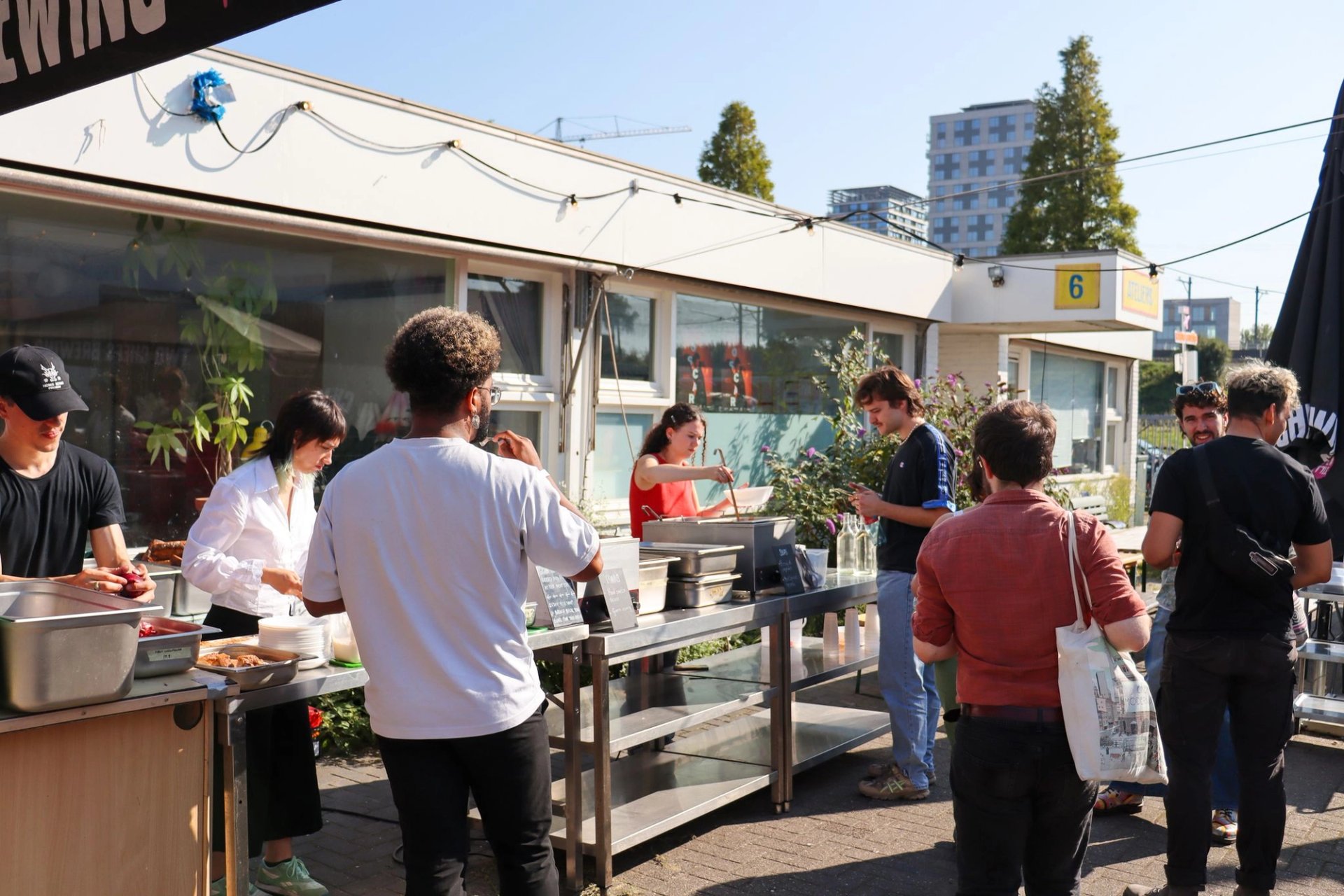
Events during Amsterdam Art Week extend beyond the gallery Image: courtesy of
Berlin Art Week
Berlin boasts even bigger figures. There were 130,000 visitors to its events last year, says its art week director Mona Stehle, and the hope is for even more for this year’s celebration, taking place between 10 and 14 September.
In partnership terms, business backers seem keen. “We started out in 2012 with just 11 partners,” Stehle says. “For this year’s event, we’ll have more than a hundred.”
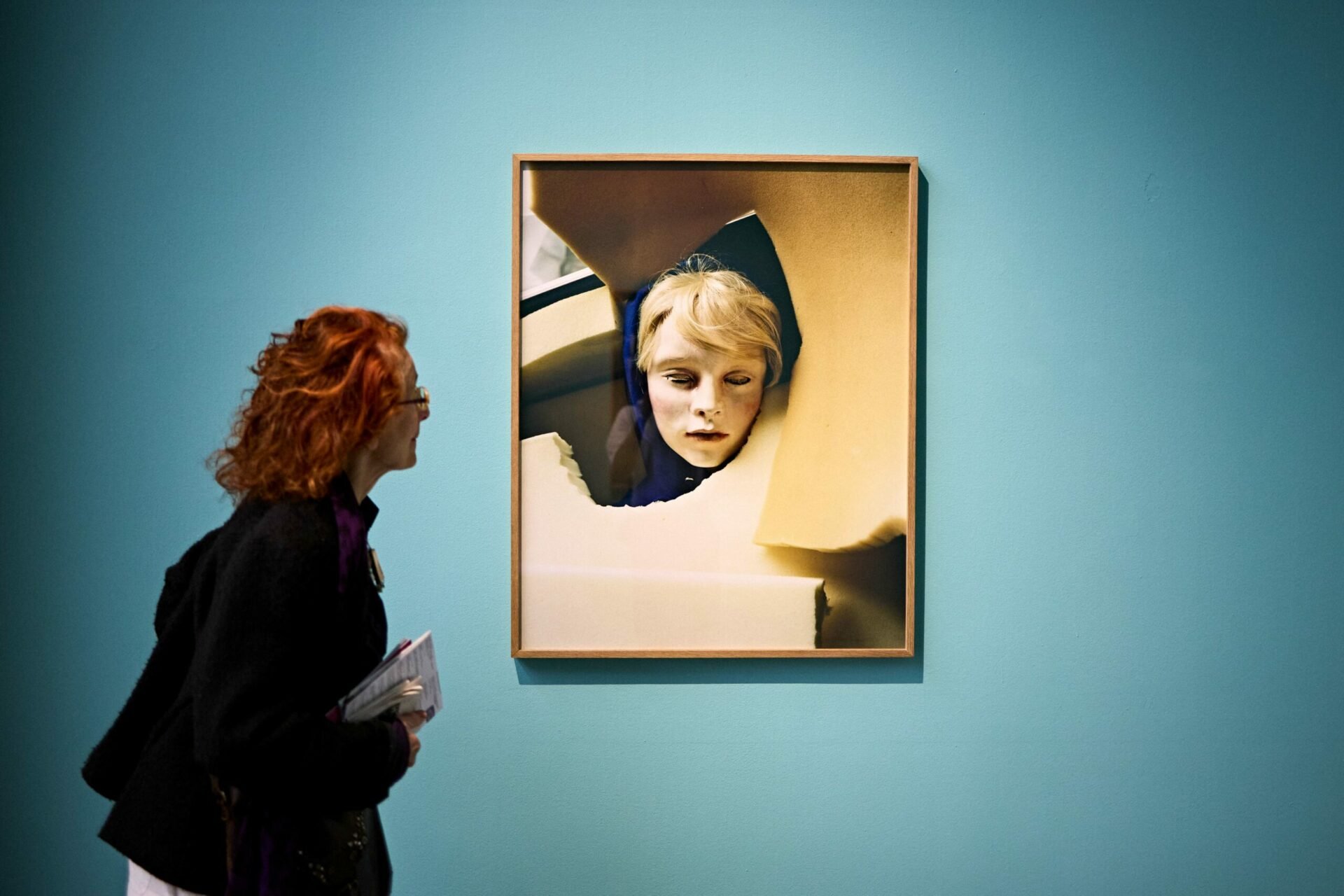
Gisèle Vienne and the Puppets of the Avant-Garde at the Georg Kolbe Museum was part of Berlin Art Week in 2024 ©Michael Anthony Baumann
Like Halsema, Stehle stresses the importance of a broad-based audience. “Our focus isn’t only collectors and VIPs, it’s people who want to explore contemporary art who maybe haven’t had much exposure to it before. We’re about accessibility, not just commercial issues. The main focus is the public programme.”
Establishing the Spider group was the logical next step, she adds. “All art weeks are about networking, so this is extending that to share expertise abut how things work elsewhere.”
Stockholm Art Week
This week (May 13-18) saw the first of the 2025 art weeks, in Stockholm. Joanna Sundström, its director, says that when she set it up in 2012 her inspiration was fashion and design weeks. “They’re not just one event, they’re a whole range of events,” she says. Burgeoning art weeks reflect the continuing growth of the contemporary art world, she points out. “It’s an ecosystem that needs to keep on rolling, and especially these days the authorities of the various cities involved understand that.”

